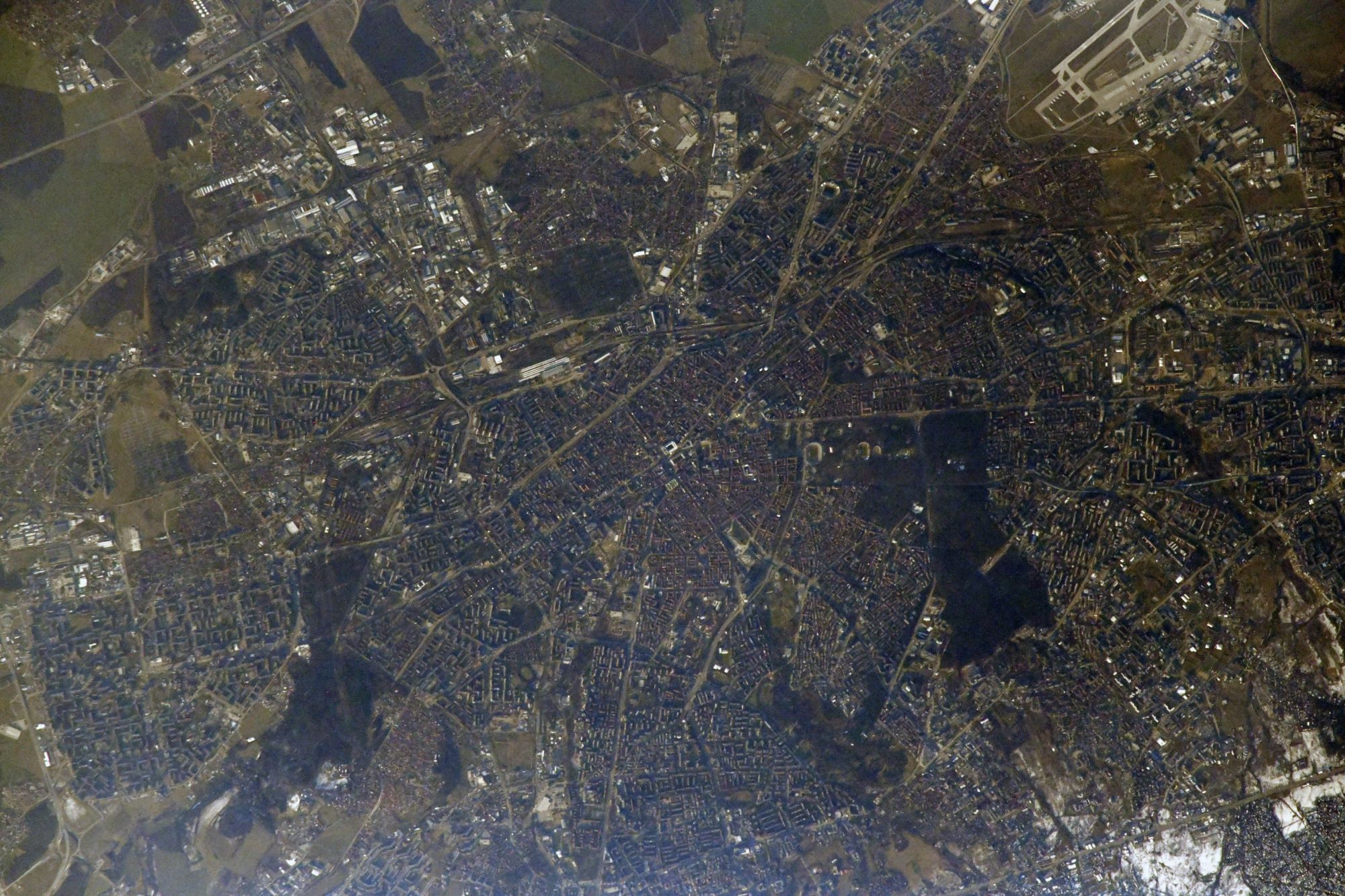[:ja]セルゲイ・クド-スべルチコフ宇宙飛行士がISSから撮影したブルガリアの首都ソフィアです。

120万人を擁するソフィアはヴィトシャ山のふもとに位置し、ブルガリアの政治・経済・文化・教育の中心地です。ヨーロッパ最古の都市の一つであり、その歴史は7千年以上に及ぶとされ、有史以前の集落跡が現在のソフィアの中心や王宮の付近で見つかっています。ソフィアの歩みは、町がバルカン半島の中心に位置していることと大きく関連しています。3つの山道が町を通っており、古代にはアドリア海、中央ヨーロッパ、黒海、エーゲ海を結ぶ重要な交易路でした。また、ソフィアの気候はケッペンの気候区分では湿潤大陸性気候 (Dfa) と温暖湿潤気候 (Cfa) が接しており、年間の平均気温は11.4℃です。寒い日には特に1月は気温が-15℃ 以下かさらに低下することもあります。
地上の様子はこちらです。
参考文献: Sergey Kud-Sverchkov, Roscosmos’s Tweet 1, Sergey Kud-Sverchkov, Roscosmos’s Tweet 2
地球俯瞰画像を見る: LiVEARTH
[Earthview Wonders] No.1527: Sofia, Bulgaria🇧🇬
Astronaut Sergey Kud-Sverchkov, Roscosmos captured from ISS Sofia, the capital of Bulgaria.

Sofia is in the Sofia Valley at the foot of the Vitosha mountain in the western parts of the country. Being in the centre of the Balkans, it is midway between the Black Sea and the Adriatic Sea, and closest to the Aegean Sea. Known as Serdica in Antiquity and Sredets in the Middle Ages, Sofia has been an area of human habitation since at least 7000 BC. Sofia has a humid continental climate (Köppen climate classification Dfb) with an average annual temperature of 10.9°C. Services dominate the economy, accounting for 88.6% of the gross value added, followed by industry 11.3% and agriculture 0.1%.
The local scenery on the ground is as follows.
Reference: Sergey Kud-Sverchkov, Roscosmos’s Tweet 1, Sergey Kud-Sverchkov, Roscosmos’s Tweet 2
See earthview photo gallery: LiVEARTH[:]